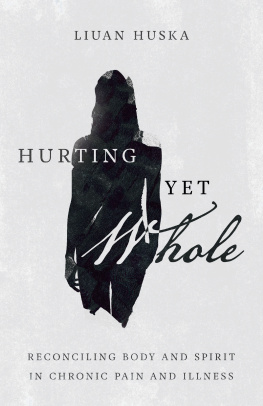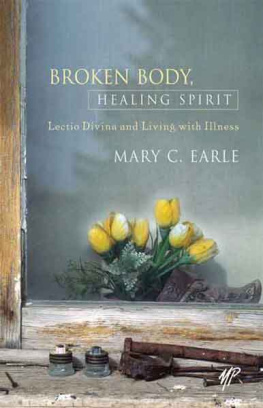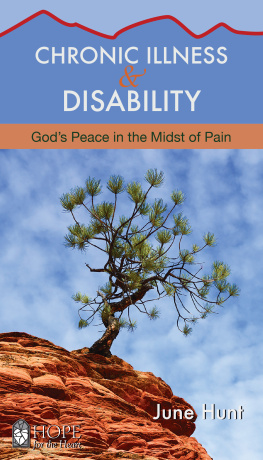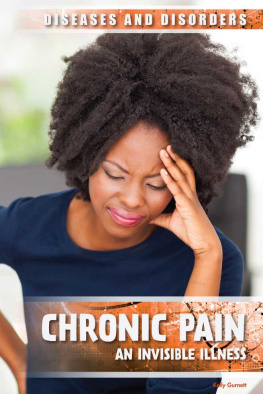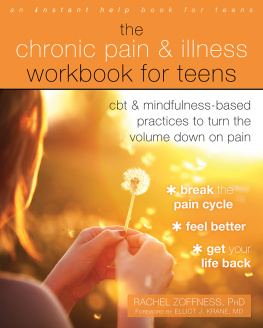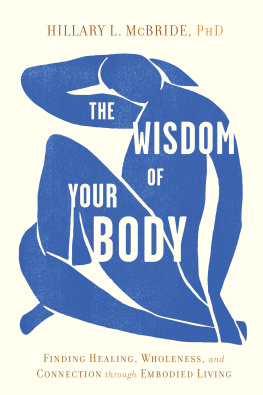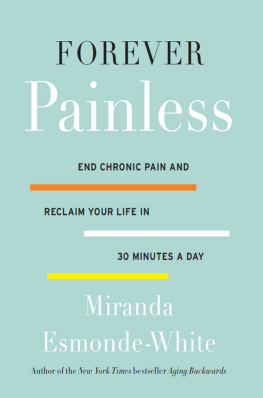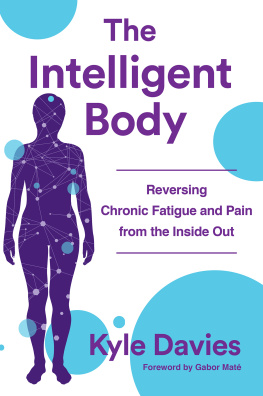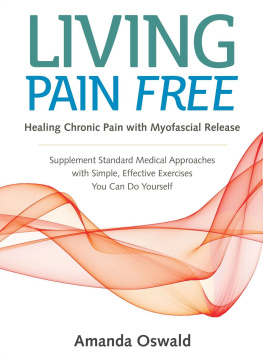Sommaire
Pagination de l'dition papier
Guide
InterVarsity Press
P.O. Box 1400, Downers Grove, IL 60515-1426
ivpress.com
2020 by Liuan C. Huska
All rights reserved. No part of this book may be reproduced in any form without written permission from InterVarsity Press.
InterVarsity Press is the book-publishing division of InterVarsity Christian Fellowship/USA, a movement of students and faculty active on campus at hundreds of universities, colleges, and schools of nursing in the United States of America, and a member movement of the International Fellowship of Evangelical Students. For information about local and regional activities, visit intervarsity.org.
Scripture quotations, unless otherwise noted, are from the New Revised Standard Version Bible, copyright 1989 National Council of the Churches of Christ in the United States of America. Used by permission. All rights reserved worldwide.
While any stories in this book are true, some names and identifying information may have been changed to protect the privacy of individuals.
The publisher can't verify the accuracy of website hyperlinks beyond the date of print publication.
Cover design and image composite: David Fassett
Images: grungy black border: blackred / iStock / Getty Images
ISBN 978-0-8308-4808-9 (digital)
ISBN 978-0-8308-4807-2 (print)
This digital document has been produced by Nord Compo.
TO MY BOYS
May you each be part of the healing of this world.
A JOURNEY BEGINS
W e come into this world blissfully unaware of these fragile, beautiful things we call our bodies. In our mothers womb, we bathe in continuous warmth and nourishment, changing shadows and muffled voices, not knowing where our mothers end and where we begin. We are one. We are whole.
Out in the bright, chilly world, most of us pass through childhood in a similar ignorance of unmediated bodily immediacy. We reach out to touch, smell, and taste all the blankets, fingers, dirt clods, oranges, chair legs, and windblown leaves we encounter. Our bodies move and grow, and sometimes get hurt and heal, without our thinking much about it.
Many of us also enter adulthood thinking very little about our bodies. They are just... there. They may alert us of their presence if we stub our toe on the bed frame in a nighttime bathroom expedition or when the powdery yellow coat of spring pollen irritates our sinuses. Mainly, though, bodies are the taken-for-granted backdrop to all we do in life. Our feet walk us through the grocery store, our fingers and eyes facilitate our internet browsing, our noses and skin take in the presence of our loved ones. But we dont notice our bodies in these moments. They just do what theyre supposed to do. And we go on living.
Then there comes a time when our bodies stop doing what theyre supposed to. They leap from their benign presence in the background and scream for attention. We cant help but notice. We ache. We double over. We cant walk, cant think, cant breathe. Something isnt right. Our bodies fall apart.
For many, this awareness comes with aging. My mother often groans, I feel like I am getting old. Bodily deteriorationrickety joints, sagging skin, the slowing march of internal organsis a normal, decades-long part of the business of living that leads to dying that leads to deaththe complete halt of bodily function.
For a growing number of us, though, our bodies malfunction long before normal aging sets in. Something goes wrong and refuses to be fixed by one or two visits to the doctor and time. Some of us have joints that start to swell and ache as teenagers. Others have jackhammer headaches that debilitate us for days. Yet others live with fatigue that makes the word tired seem like childs play.
For me, it was a niggling pain in my left ankle that spread to my foot, knee, back, and neck. After months of frustrating doctors visits, varying diagnoses, and ineffective treatments, I just started calling it chronic pain. Whatever name we end up giving our ailments, whatever treatments we endure, we share the feeling of a sudden disconnect with our bodies. Its not just that we are getting old. From the moment we are born, we begin to die, the saying goes. When we have a chronic illness, our bodies do not recover the way they should from an injury or change in the internal ecosystem. We dont bounce back. We languish. Our bodies, once friends that came along for the ride, become our betrayersall-consuming burdens of pain and frustration that thwart our goals and our chance to live a normal life.
FALLING APART
Before pain, I was invincible. The world was my oyster. I was twenty-two, just out of college, and plotting my globetrotting, book-writing path through Gods green earth. When the pain first started, I didnt give it much thought. It was some minor sprain, probably, that would go away with time. When weeks turned to months and I was still not able to walk more than a few blocks, the pain began taking up more real estate in my mind. What is going on? Why isnt it getting better?
I began to mistrust my body, which had once served me so well. I distanced myself. In my heart and mind, I stepped out of my body and away from the pain, vulnerability, and limits it represented. I told myself I shouldnt be having such a disproportionate level of fear and anxiety over a minor injury. After all, it was just my body that was hurt. Ithat is, my personhood, my locus of self, the consciousness that experiences the worldwas still okay. Right?
Over and over, I found this wasnt the case. Pain covered my whole self and my experiences like a veil. Life, even the most profound, celebratory moments (or perhaps especially those), took on a purplish, grayish tint. About a year into the pain, for example, on a lovely summer evening, my husband and I attended our friends wedding reception in their apartment complex courtyard. I put on an airy dress and tennis shoes, determined to enjoy myself and ignore the spasms and pinpricks in my back and ankle. Neighborhood refugee children from Sudan and Burma shrieked and threaded through the tables while we devoured homemade tacos and salsa. When the music started, people of so many skin hues and accents streamed onto the patch of grass under strings of lights hung across the balconies. It was a beautiful picture of togetherness and harmony.
I had to join in. Dragging my husband, Matt, into the edge of the moving mass, I let the rhythm carry me. As I moved, though, the static noise of pain in my body rose over the other sensationsthe freewheeling elation of dancing, childrens yells, Shakiras voice through the speakers. For a brief moment, I had emerged from the cave of pain to join the world of the living. And then, so quickly, my body pulled me back into that cave. The angry, twitching knots in my muscles and joints took over my senses like a waterfall pounding down, drowning out sight and sound, veiling the outside world. The world of a person in pain, essayist Elaine Scarry writes, shrinks to the confines of her body.
I retreated to my seat, trying to convince myself that I could enjoy this party just as well without dancing, but something in my bones told otherwise. I was made to dance, made to express joy through movement. If I couldnt find a way to be fully present in my body, then something was missing. Some part of my life was inaccessible. This sense of missing-ness caused more pain than the physical pain itself.

